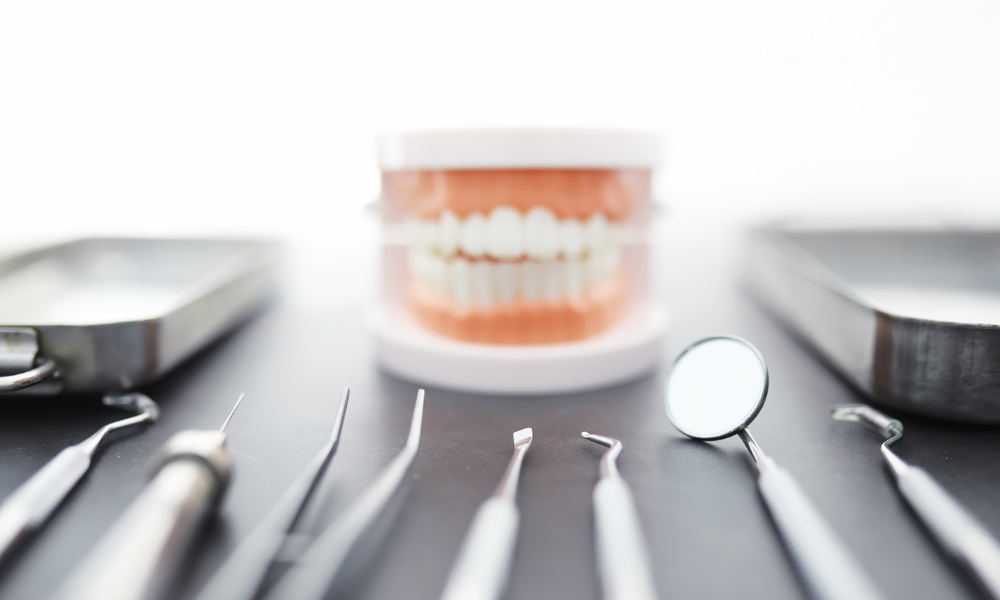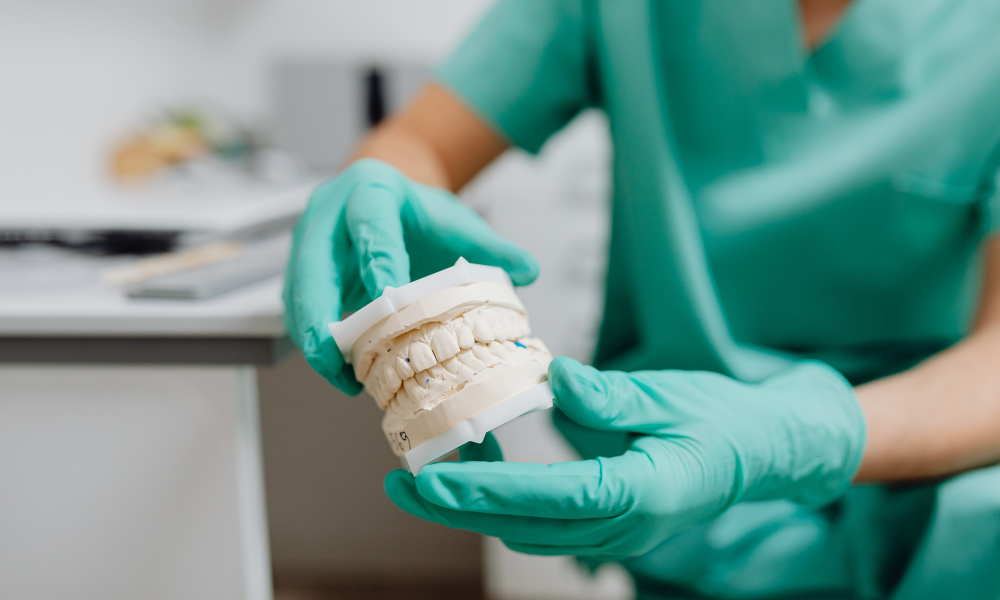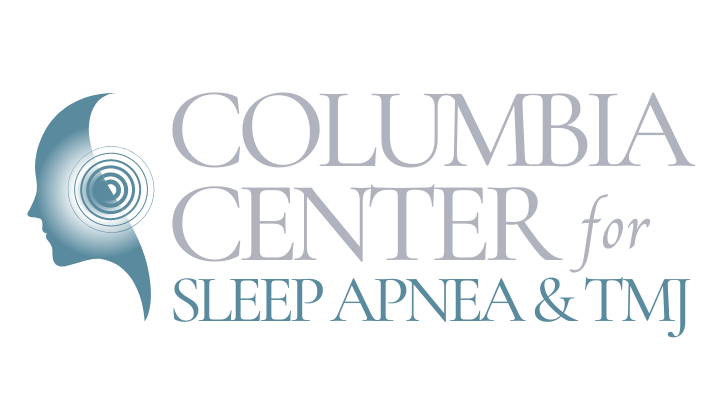
Chronic pain can be a debilitating experience, especially when its origin is difficult to pinpoint. Myofascial pain syndrome (MPS) is one such condition that may be commonly overlooked or misdiagnosed, leaving those affected struggling with unresolved discomfort. A thorough understanding of MPS, its symptoms, diagnostic process, and available treatment options can greatly assist in addressing this pain and improving the quality of life for those affected. This comprehensive guide offers insights into myofascial pain syndrome and highlights the significant role of orofacial pain Doctors in managing this complex condition.
Myofascial pain syndrome is a chronic pain disorder that affects the muscles and the layer of connective tissue (fascia) covering them. It is characterized by the presence of "trigger points," sensitive areas within the muscle that cause both local and referred pain when pressure is applied. These trigger points can develop due to various factors such as muscle overuse, injury, poor posture, and stress. Myofascial pain can impact any muscle in the body, but it often affects the head, neck, and upper back muscles, leading to orofacial pain and discomfort.
Diagnosing myofascial pain syndrome can be challenging, as the symptoms often mimic other conditions such as TMJ disorders, tension headaches, or even neuropathic pain. In order to accurately identify and treat MPS, it's important to consult with a healthcare professional who specializes in diagnosing and managing orofacial pain conditions. At Columbia Center for Sleep Apnea and TMJ , Dr. Bloxham's expertise in this specialized area enables him to assess complex cases of myofascial pain and recommend tailored treatment plans to address each patient's unique needs.
Navigating the complexities of myofascial pain syndrome requires not only a keen understanding of the condition itself but also an awareness of the available treatment options and the role of orofacial pain Doctors in managing this condition. Read on as we delve deeper into the nuances of myofascial pain syndrome and provide a comprehensive guide to help alleviate your pain and enhance your overall well-being.
Understanding Trigger Points and Their Impact on Orofacial Pain
In order to grasp the complexities of myofascial pain syndrome, it's important to first understand the concept of trigger points. These are sensitive spots found within muscle fibers that can cause localized pain and also exhibit referred pain patterns when pressure is applied. Trigger points are often described as "knots" in the muscle and may feel tender or tight.
The development of trigger points is typically attributed to muscle overuse, strain, or injury, but other factors such as stress, improper posture, and even poor nutrition can contribute to their formation. When trigger points form in the head, neck, and upper back muscles, they can be a significant source of orofacial pain, often leading to discomfort and reduced range of motion.
Diagnostic Challenges and the Importance of Expertise
Myofascial pain syndrome can often be mistaken for other conditions, such as TMJ disorders or tension headaches, due to the overlapping symptoms. In order to accurately diagnose the source of orofacial pain, a thorough examination by an experienced professional is required. The diagnostic process for MPS may include:
- A detailed medical history and discussion of symptoms
- Physical examination, including palpation of muscles to identify trigger points
- Assessment of posture, movement, and range of motion
An orofacial pain Doctor like Dr. Bloxham at Columbia Center for Sleep Apnea and TMJ possesses the knowledge and expertise needed to assess and diagnose complex cases of myofascial pain, ensuring that patients receive accurate diagnoses and effective treatment plans tailored to their specific needs.
Comprehensive Treatment Options for Myofascial Pain Syndrome
Once a diagnosis of myofascial pain syndrome has been established, a variety of treatment options can be considered to manage the condition. A well-rounded approach that addresses both the physical symptoms and any underlying lifestyle factors contributing to trigger point formation is key to effective MPS management. Some treatment options include:
- Physical Therapy: A physical therapist can guide patients through targeted exercises and stretches to improve muscle function, posture, and flexibility, helping to alleviate trigger point- related pain.
- Manual Therapy: Techniques such as myofascial release, trigger point therapy, or massage can help relax and release tension in the muscles, providing relief from MPS symptoms.
- Medications: In some cases, medications such as non-steroidal anti-inflammatory drugs (NSAIDs), muscle relaxants, or pain-relieving creams may be prescribed to help manage pain and inflammation.
- Injection Therapy: Trigger point injections, which involve administering a local anesthetic or corticosteroid directly into the trigger point, can provide more immediate relief for some patients.
- Lifestyle Modifications: Addressing factors such as stress, poor posture, and inadequate nutrition can help prevent the formation or recurrence of trigger points and contribute to the successful management of MPS.
The Value of Orofacial Pain Doctors in MPS Management
Orofacial pain Doctors play a crucial role in managing complex cases of myofascial pain syndrome, ensuring accurate diagnosis, and guiding patients on their journey toward relief and improved quality of life. These Doctors, like Dr. Bloxham at Columbia Center for Sleep Apnea and TMJ, possess the unique skill set needed to address the specific challenges of orofacial pain conditions, collaborating with patients to develop custom treatment plans that incorporate various therapies based on individual needs and preferences.
Conclusion
Myofascial pain syndrome is a complex condition that requires a comprehensive understanding of trigger points, diagnostic challenges, and available treatment options in order to effectively manage the associated pain and discomfort. By taking a proactive stance towards understanding and managing this condition, patients can work towards alleviating their orofacial pain and enhancing their overall well-being.
With the guidance of an orofacial pain Doctor like Dr. Bloxham at Columbia Center for Sleep Apnea and TMJ , patients can receive a tailored approach to treatment, addressing not only their physical symptoms but also the underlying causes contributing to trigger point formation. Schedule your consultation with us today!











